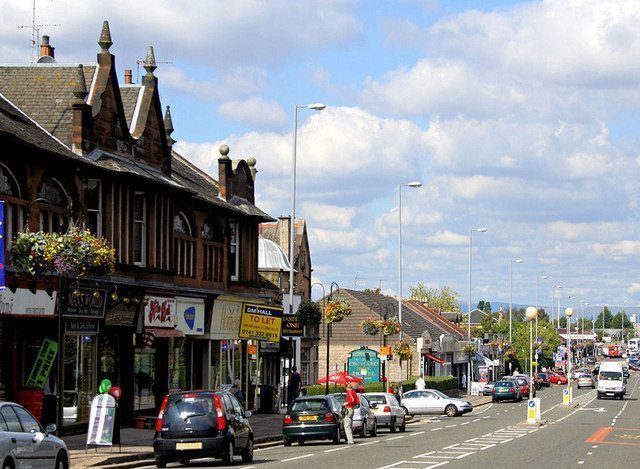There are so many reasons to choose SimplyFixIt for your iPhone Repairs. Our technicians are certified by Apple. We use the highest quality screens available, including genuine Apple screens, and we pay our staff the Real Living Wage.
For over 25 years we have carried out computer and other IT repairs for people who came into our shops, and now we can give the people of Giffnock the same quality of repairs for their iPhones.
Mail-In iPhone Screen Repairs for Giffnock, by SimplyFixIt
People from Giffnock choose SimplyFixIt as their iPhone repair company because we offer the highest standards of repairs, including using genuine Apple screens, which typically can't be matched by a local independent computer store. They post us their iPhone, which is professionally repaired, and returned by a secure overnight courier. In most cases, they receive their iPhone back 2 days after they post it to us.
Fast Repairs
Quality Components
Spread the cost
All Repairs Guaranteed
At SimplyFixIt, we believe that doing things right is better than doing things quickly, so there may be some cases where we need just a bit longer to get your iPhone ready. Don't worry though, as soon as the iPhone repair is completed, we'll be in touch to let you know. We can then arrange a secure, express delivery back to Giffnock.
SimplyFixIt customers near Giffnock
We Fix iPhones for people from all over the country, including near Giffnock. Chances are that you live close to one of our customers already. Here is a map of the people1, who live near Giffnock, that have had their iPhone fixed by SimplyFixIt recently. They have posted their iPhone to us, and then we repaired it and sent it back using an insured, overnight courier service.
1For security & data protection reasons, we are not showing the exact location of our customers. We apply slight randomness to the location markers, so they don't show the exact address. The markers fall in a slightly different location each time, but the general area is correct.

Send your iPhone to us via Royal Mail Special Delivery, which should provide you with adequate insurance. We will fix it and return it to you without any fuss.
Choose an iPhone
More about Giffnock
Giffnock (; Scots: Giffnock; Scottish Gaelic: Giofnag, pronounced [ˈkʲifnak]) is a town and the administrative centre of East Renfrewshire in the Central Lowlands of Scotland.
It lies 3.7 miles (6.0 km) east of Barrhead, 5.6 miles (9.0 km) east-southeast of Paisley and 5.3 miles (8.5 km) northwest of East Kilbride, at the southwest of the Greater Glasgow conurbation.
Giffnock has frequently been named amongst the most affluent areas in Scotland. It had been first place but that title went to Stockbridge, Edinburgh in 2020.
Giffnock is mentioned in documents as early as the seventeenth century as a scattered agricultural settlement. In the late eighteenth century, Archibald Montgomerie, the Earl of Eglinton, was forced to partition the land into a number of smaller properties.
The urbanisation and development of Giffnock began in the mid to late nineteenth century with the construction of several sandstone quarries, and this prompted the development of the first railway link with nearby Glasgow. Large-scale quarrying continued in Giffnock for almost a century. However, the quarrying ceased by the 1920s, and other uses were found for the quarries. An additional railway service began at the start of the twentieth century, closely followed by the arrival of Glasgow Corporation Tramways. Giffnock's relative closeness to Glasgow coupled with the local industry and good transports links helped it to develop into a suburban town, as many wealthy merchants chose to construct villas in its smog-free environs and commute daily to the city.
Although heavy industry died out in the area during the early twentieth century, as part of Scotland's densely populated Central Belt, Giffnock has continued to grow as a dormitory town, supported by its position within the Greater Glasgow area, from roughly 1,425 residents in the early twentieth century to 16,178 in 2001. Expansion continues due to several new housing developments; however, much of the land is now urbanised or designated parkland, leaving little room for further expansion.